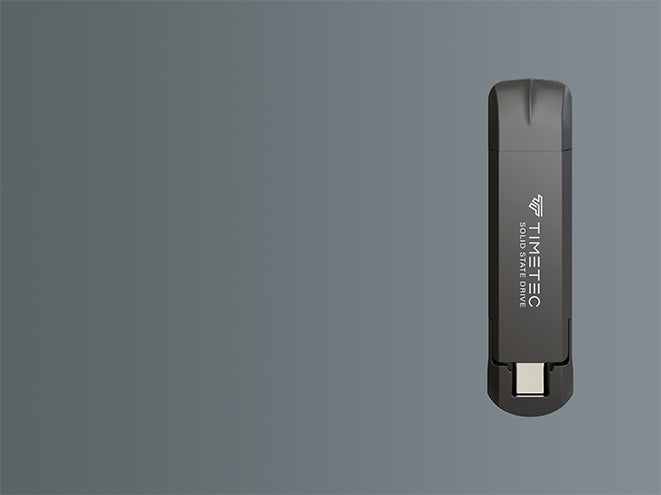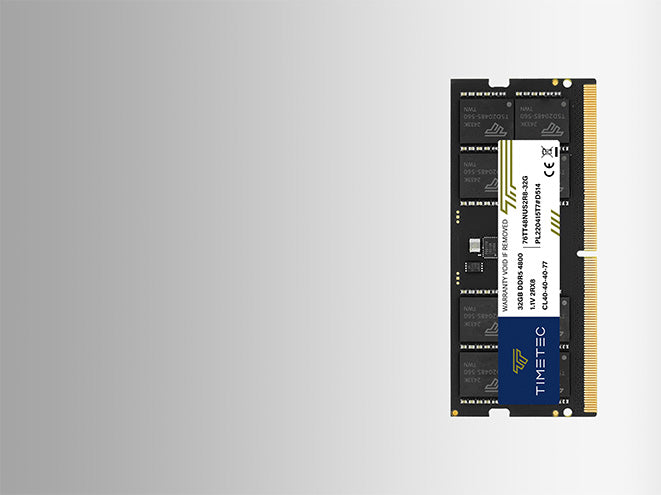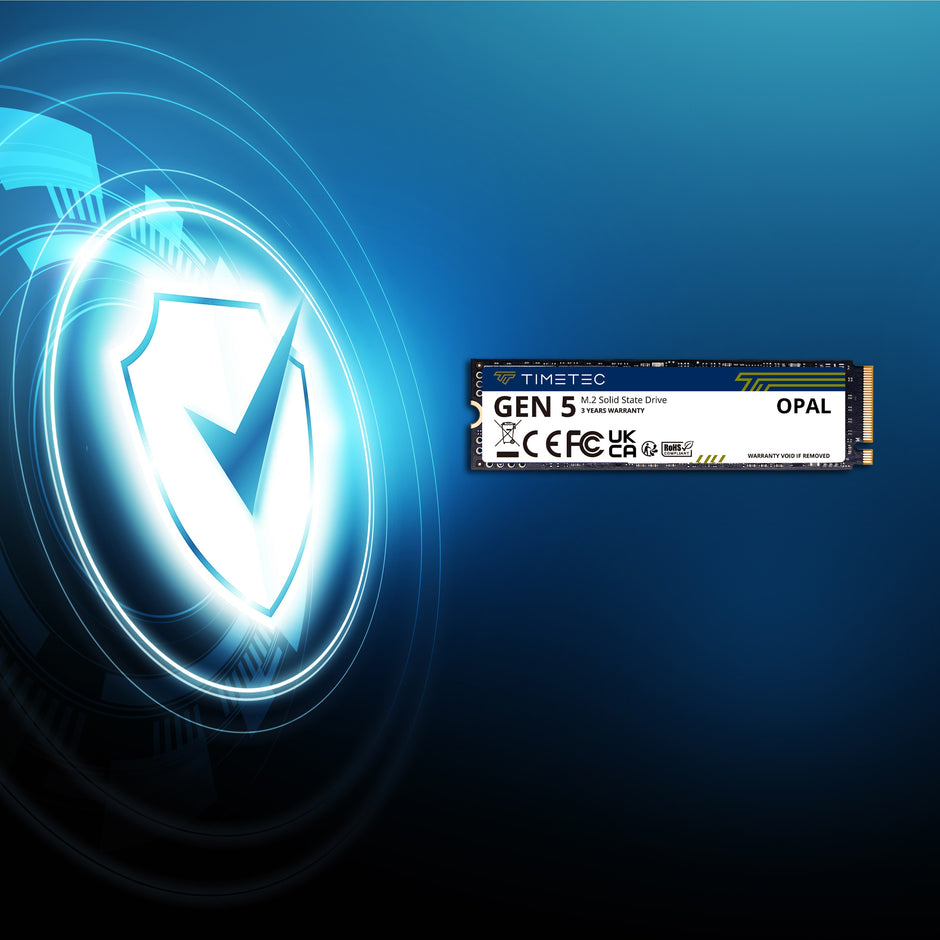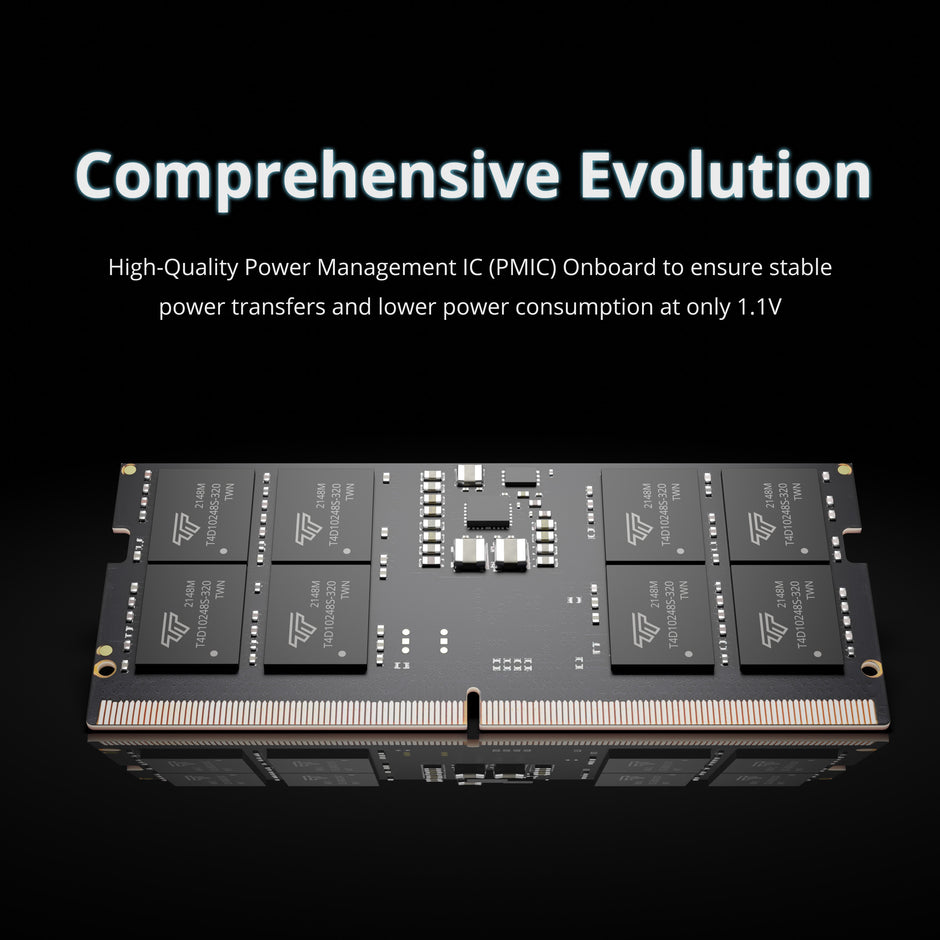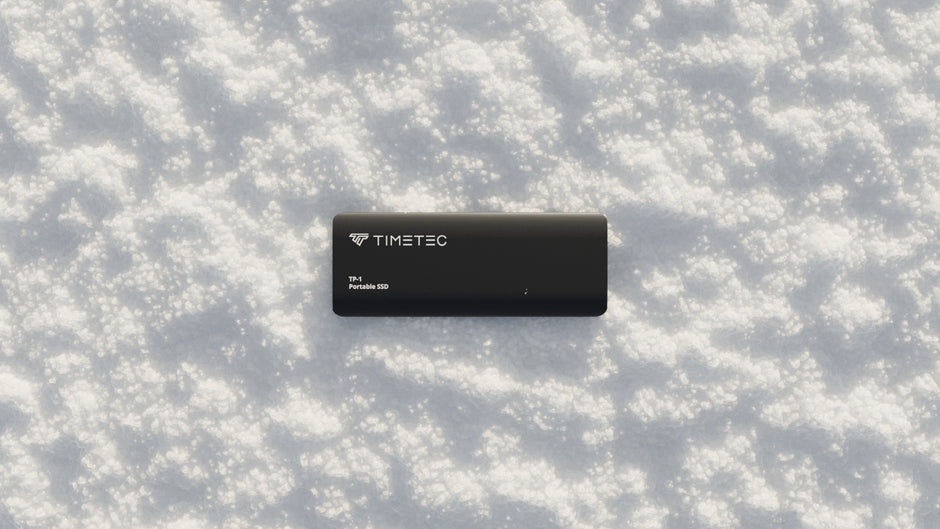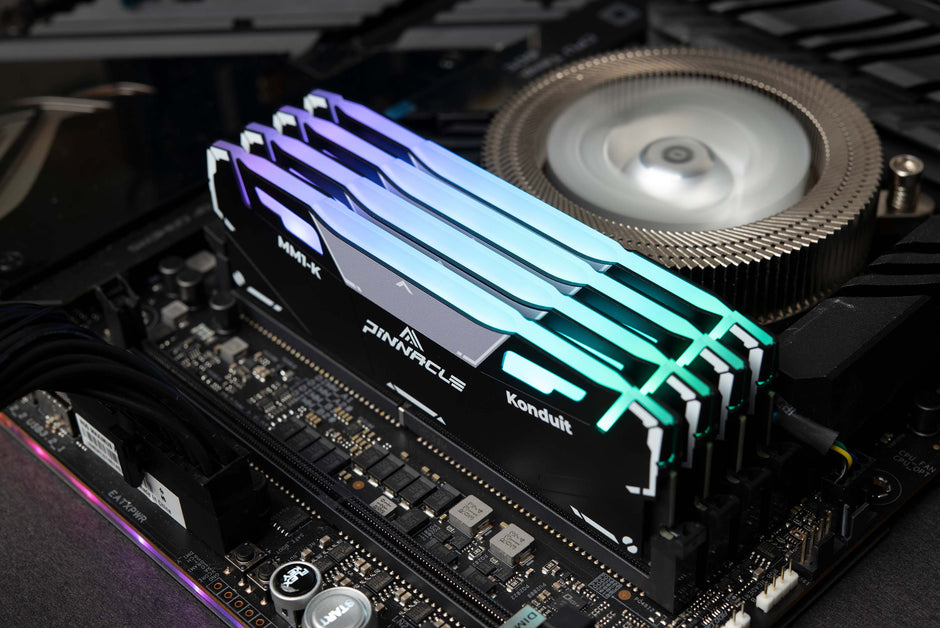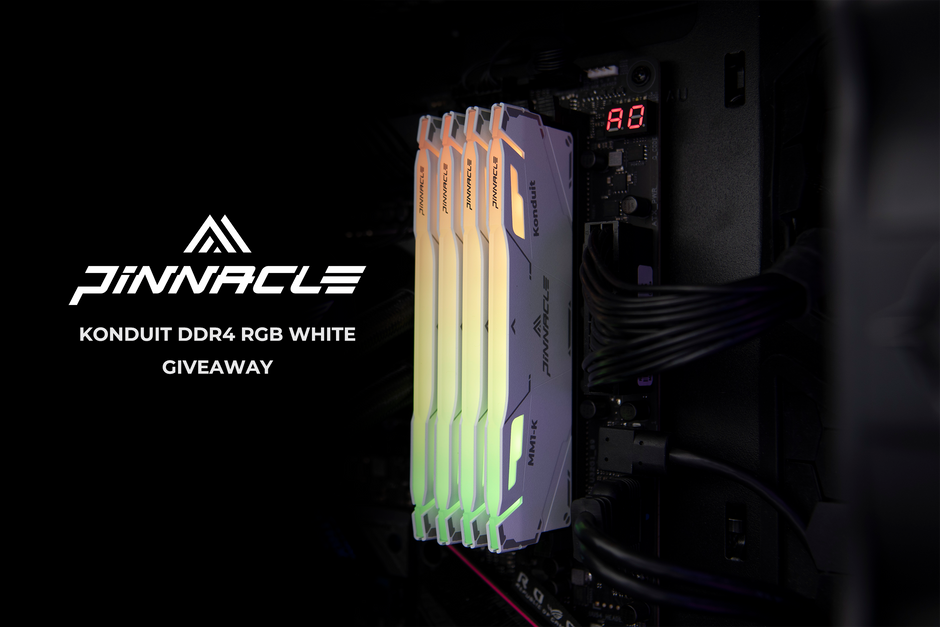What is a Self-Encrypting Drive (SED)?
Imagine leaving your laptop behind in a café. Without encryption, anyone could remove the drive, connect it to another computer, and read your files instantly.
A Self-Encrypting Drive (SED) prevents that from ever happening.
An SED is a type of storage device that automatically encrypts all data using built-in hardware. Unlike conventional drives that rely on software encryption, SEDs contain a dedicated encryption chip that performs data protection in real time, with no noticeable performance loss.
Everything written to the drive is instantly encrypted using a secure, unique key, typically with AES-256 encryption, one of the most trusted standards in data security. Even if someone removes the drive, the information remains completely unreadable without the correct credentials.
SEDs are widely used by enterprises, government agencies, and data centers, and are now common in professional-grade SSDs from manufacturers such as Samsung, Crucial, and Timetec.
How SEDs Keep Your Data Safe
Every SED includes a hardware-based encryption engine and a key stored securely inside the drive. Here’s what happens step by step:
-
Write process: When you save data, the drive automatically encrypts it before it’s written to storage.
-
Startup authentication: During boot, a password or system key unlocks the drive.
-
Read process: Once authenticated, data is decrypted and delivered seamlessly to the system, all in the background.
Because the key never leaves the drive, the encrypted data remains protected even if the SSD is stolen.
Many SEDs also support instant secure erase, where deleting the encryption key makes all data permanently inaccessible within seconds.

Why Self-Encrypting Drives Matter
In a world where data breaches, lost devices, and unauthorized access are constant risks, SEDs offer reliable hardware-level protection that travels with the drive itself.
Here are the key benefits:
-
Always-on protection: Data is encrypted automatically with no user setup required.
-
No performance loss: Encryption happens in hardware, maintaining full SSD speed.
-
Instant data wipe: Secure erase destroys the key, making data unreadable immediately.
-
Standards-compliant protection: Meets standards like GDPR and HIPAA.
-
Peace of mind: Even a lost or stolen drive keeps your information completely safe.
Types of Self-Encrypting Drives
|
Type |
Use Case |
Security Standards / Features |
|
TCG Opal SED |
Consumer and business laptops or desktops |
TCG Opal 2.0; pre-boot authentication, multiple user ranges, AES-256 |
|
TCG Enterprise SED |
Servers and data centers |
TCG Enterprise; remote management, large-scale control |
|
FIPS-Certified SED |
For government and high-security environments. |
FIPS 140-2/140-3; certified cryptographic security |
These standards ensure that SEDs remain secure, interoperable, and manageable across a wide range of systems and industries.

Where SEDs Are Used
SEDs are found in nearly every environment where data protection matters:
-
Enterprise servers and data centers: Protect business-critical information
-
Government and healthcare: Comply with strict data security laws
-
Corporate laptops: Safeguard sensitive documents even if stolen
-
Personal computers and portable SSDs: Provide everyday users with professional-grade protection
Limitations and Considerations
While SEDs provide strong protection, a few factors are worth noting:
-
Key loss is permanent: If credentials or encryption keys are lost, the data cannot be recovered.
-
System support: BIOS or OS compatibility is required for full SED management.
-
Management tools: Enterprise setups may need utilities like BitLocker, Opal-compliant software, or centralized management systems.
Conclusion
Self-Encrypting Drives combine robust hardware-level encryption with the speed and reliability of modern SSDs.
By encrypting all data internally and invisibly, SEDs ensure that even if the hardware falls into the wrong hands, the information inside remains untouchable.
As digital threats grow more sophisticated, SEDs continue to serve as the silent guardians of data, protecting everything from government archives to your everyday laptop, one encrypted bit at a time.

